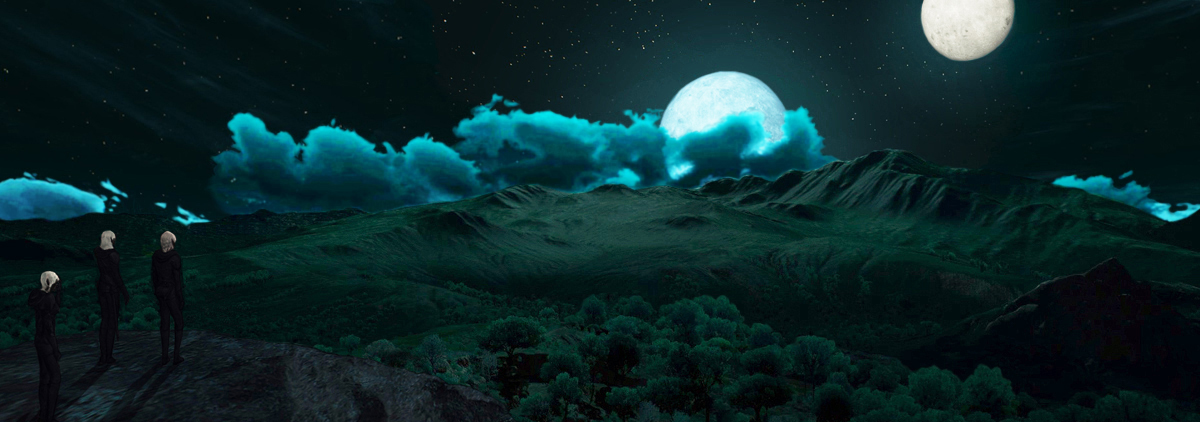Tundar
Tundar Dwarves are an ancient, bipedal, sentient race with varied magical affinity. They inhabit every territory of the continent though their numbers vary greatly in each area. Their bodies are stout and stocky with significant muscular strength which remains in its prime for two to three centuries. They have small eyes of varied shapes, blunt, round ears, thick head hair, and beards grow on most males once they near their first half-century. Their skin is tougher than Elves or Humans with a wound evenly likely to scar or not scar. Tundar have more body hair compared to Humans. They have no tail.
General Appearance
Hair can be any shade of the natural animal colors: black, brown, blond, red, grey, white. Their skin tones, like Humans, reflect their environment and ranges from very pale to very dark, though more tend to be pale if their clan spends more time underground. Eyes have minimal epicanthal fold and palpebral slant.
Dwarves are universally shorter and broader than the average Human, and much heavier than Elves. Males are marginally larger than females, and their beards might give them the impression of greater size, though this dimorphism isn’t so strong as it is in various Human breeds. Female Dwarves are often much stronger than female Humans.
Culture and Heritage
Dwarves are known to have existed long before Humans, though it is unknown if their rise began after or alongside the Elves. They are a race valuing equality, knowledge and learning, innovation, masterful crafts, practical magic, and far-reaching trade.
The Tundar have been the most successful race to adapt to change, negotiating coexistence with Elves, and cooperatively integrating with the swift-rising race of Humans for their mutual benefit. Because Humans out-breed any other race but Dwarves live five times as long, the Tundar tend to congregate into strong clans and communities to protect their own without closing their gates to negotiations with others.
The Tundar Clans have earned great respect from Humans over the centuries, as they do not seek dominion over others or formally choose sides in a conflict (though they may provide support to prevent mutual annihilation). The leading Dwarves never use political intrigue to stir up distrust for power or leverage; they will likely say exactly what they think about a situation.
Their “Hall Tales” suggest this wisdom was hard-earned in their conflicts with the recently vanished Orcs over millennia. Dwarves remember and understand war for far longer through their generations in a way the Humans have yet to learn. They do not forget the costs as quickly as the Elves or see war as inevitable like the Humans.
Magic
Dwarves have a stable magical heritage with any affinity, though their ratio is fairly low. Due to the strength of their craft culture, the mageborn are given the best education possible and provided ample opportunities to serve their people in their own unique way. The ideal is an individual journey using a loose connection of mentors to apply their talent for the good of their people.
Formal groups of mages are discouraged and largely unrecognized by other Clans, who are extremely wary and resistant to taking this step in their society, given Elves and Humans as their examples. The vast majority of Dwarven mages value their ties with their long-lived kin more than obtaining special privileges or power among short-lived Humans (who may see Dwarves as unreasonably stubborn about such offers).
Every territory on the Surface continent.
Appearance
pale-to-dark-skinned Dwarf,
thick and curly hair and beards (on most males),
full range of common eye colors:
near-black, brown, hazel grey, blue, and green.
Lifespan
Up to 500 years.



